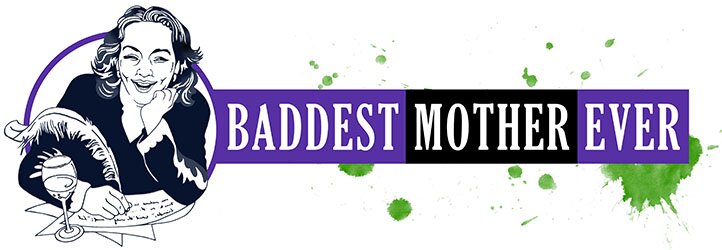 It’s Labor Day in the U.S. today. Until a few years ago, I had forgotten that it is a day to celebrate the contributions and achievements of the American workforce. Then I stumbled across the novel Dreamland by Kevin Baker. The picture on the cover caught my eye–Coney Island in 1911. Something I knew nothing about, so I checked it out. As luck has it, Baker is an historical researcher so the story was absolutely mesmerizing in its recreation of life in New York City before the First World War.
It’s Labor Day in the U.S. today. Until a few years ago, I had forgotten that it is a day to celebrate the contributions and achievements of the American workforce. Then I stumbled across the novel Dreamland by Kevin Baker. The picture on the cover caught my eye–Coney Island in 1911. Something I knew nothing about, so I checked it out. As luck has it, Baker is an historical researcher so the story was absolutely mesmerizing in its recreation of life in New York City before the First World War.
From Publishers Weekly:
Taking place in turn-of-the-century New York City, Baker’s splashy novel features gangsters, midgets, feminist strikers, the Lower East Side, Coney Island, Freud’s trip to America and the infamous Triangle Factory fire. It’s a powerful, deeply moving epic, an earthier, rowdier, more inclusive Ragtime that rings beautiful changes on the familiar themes of the immigrant experience and the unfulfilled promise of the American Dream. Baker juggles subplots that reflect different ethnic and cultural realities: resilient, independent-minded sweatshop seamstress Esther Abramowitz rebels against her caustic Russian-Jewish ex-rabbi father to become a union organizer; Irish-American state senator Big Tim Sullivan, a corrupt Tammany Hall boss, rules the city through bribes, gangs and cops on the take; hoodlum Gyp the Blood (aka Lazar Abramowitz), who is Esther’s estranged brother, puts out a hit on her boyfriend, Kid Twist (Josef Kolyika), an Eastern European refugee who arrived as a stowaway on the same ocean liner that, in this scenario, brings Freud and Jung to New York on a trip to promote psychoanalysis. Meanwhile, over in Dreamland, the vast Coney Island amusement park, the philosophically minded Trick the Dwarf courts another sideshow attraction, Mad Carlotta, a midget who thinks she’s the Empress of Mexico.Yeah, it’s got a lot going on. What does this book have to do with Labor Day? Well, it was the first time I had ever heard of the Triangle Shirtwaist Factory and the fire that killed 146 people. Most of the dead were young women who were forced to work in dangerous conditions for pennies. It’s the kind of story we hear about today in other countries, but this was our country 100 years ago. Young women labored at their machines nine hours a day and seven on Saturday for $7-$10 a week. The factory was located on the eighth, ninth and tenth floors of a building in a city where the firetruck ladders couldn’t reach past the sixth floor. The stairwell doors were locked to prevent unauthorized breaks and so that the foreman could check purses at the end of the day for anything pilfered. The scrap bins were cleaned out when the management felt like cleaning them. The fire started (most likely) in a scrap bin filled with a month’s worth of flammable cotton scraps.

Inside the Triangle Factory. The “Fire Escape” sign points to a window.
Two years before the fatal fire, in 1909, the women of the Triangle Shirtwaist Factory had tried to strike for better working conditions but most returned to their machines because their families couldn’t afford the break in wages.
That’s part of the story told in Dreamland.
The Triangle Shirtwaist Factory fire in 1911 was a turning point in the labor movement. If you’ve ever purchased a blouse and seen a tag from the International Ladies Garment Workers Union (ILGWU), you have witnessed the legacy of the women who died in that fire.
I remind myself in May that Memorial Day isn’t about grilling hamburgers and opening the swimming pool. And now I remember that Labor Day isn’t about saying goodbye to summer. It’s saying Thank You for the 40-hour week, for maternity leave, for OSHA safety rules–hard won victories.

